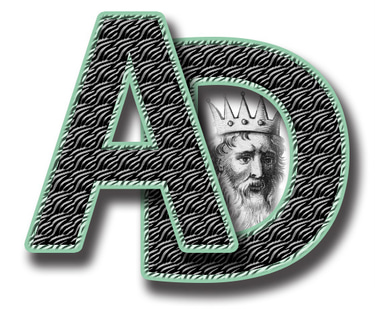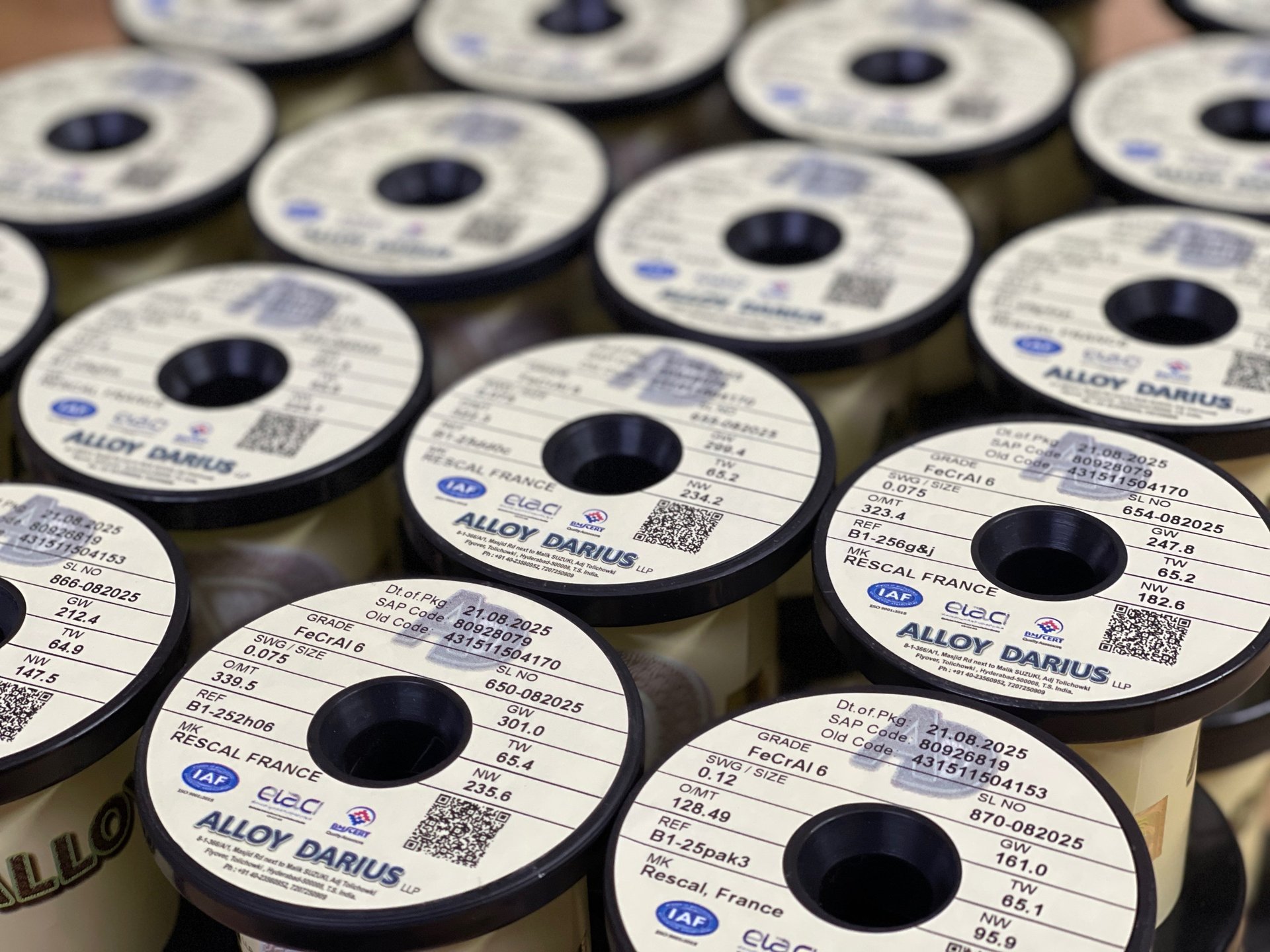
Precision Alloy Wires
Explore our fine, super-fine, and ultra-fine special alloy wire range.
Our portfolio of resistance alloy wires, encompassing NiCr, CuNi, and FeCrAl compositions, is precision-drawn to diameters as fine as 0.015 mm at unheard of tolerances of 0.1 microns / 0.0001 mm in sizes between 0.025mm & 0.015mm for MIL Standard Applications and supplied exclusively on engineered spools for optimal handling and feed consistency. Our Alloys in thicker sizes are essentially sourced only from ONLY the World Leading European Manufacturers where each alloy is metallurgically formulated to deliver stable resistivity, superior oxidation resistance, and mechanical integrity across demanding thermal regimes and under trying atmospheric conditions. Designed for critical industrial, instrumentation, and power-resistive applications. In the case of Military & Space applications our wires have been used for Rocket Motor Igniter Fuses used in both Space Vehicles of ISRO and the whole range of Missiles by DRDO; Trigger fuses for Warhead Detonators for Missiles and Artillery shells, etc.
All our wires meet or exceed international performance and quality standards.
NiCr80 / 80/20 NiCr
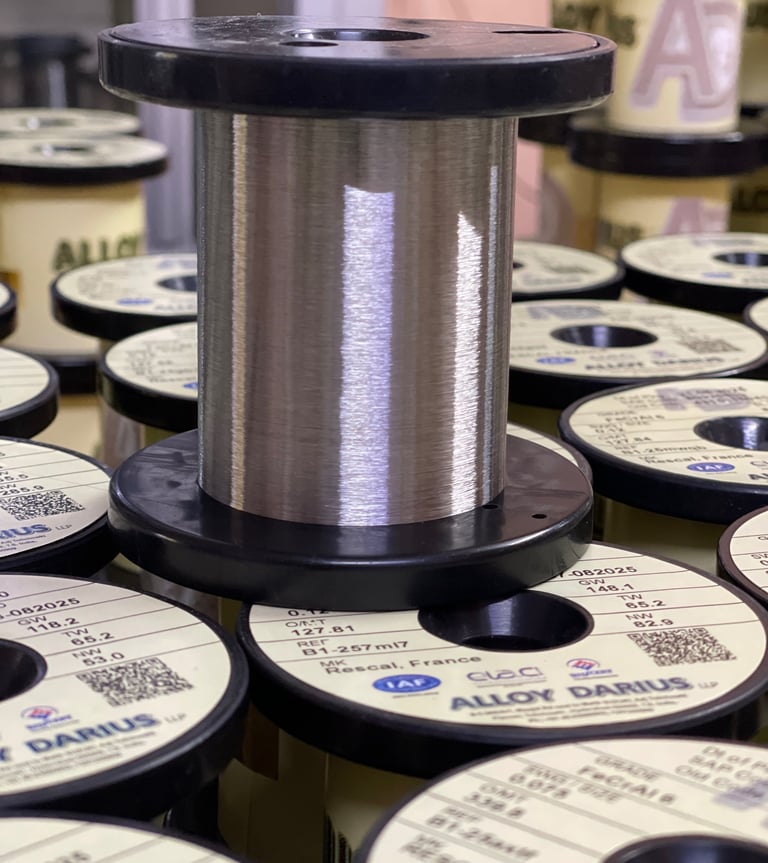





NiCr60 / 60/15 NiCr
NiCr 80/20 is a high-stability resistance heating alloy comprising approximately 80% Ni and 20% Cr, with negligible iron content. It exhibits a resistivity of ~1.09–1.12 Ω·mm²/m and a maximum continuous operating temperature of 1200 °C (2200 °F) in oxidizing atmospheres. This grade demonstrates exceptional oxidation resistance under conditions of rapid thermal cycling, making it highly suitable for precision wire-wound resistors operating in high-load, high-temperature environments. Its low creep rate and microstructural stability ensure resistance value drift remains minimal over extended service life. Typical constructions include ceramic-core resistors, rheostats, and load banks. Industry equivalents: Nichrome V, Nicrothal 80, Brightray C, Chromel, Gilphy 80.
NiCr 60/15 is a resistance heating alloy composed of approximately 60% nickel, 15% chromium, and a balanced proportion of iron. It offers a resistivity of ~1.09 Ω·mm²/m and can operate continuously at temperatures up to 1150 °C (2100 °F) in oxidizing atmospheres. The alloy combines excellent mechanical strength at elevated temperatures with stable resistance characteristics and good oxidation resistance, even under moderate thermal cycling. It is widely used in medium-to-high wattage wire-wound resistors, tubular heater resistor elements, dynamic braking resistors for electric motors, rheostat windings, and industrial heater control resistors. Its balance of performance and cost-efficiency makes it a preferred choice for applications that do not require the ultra-high temperature capability of NiCr 80/20. Industry equivalents include Nicrothal 60, Chromel C, and Cronifer II.
NiCr20 / 20/25 NiCr
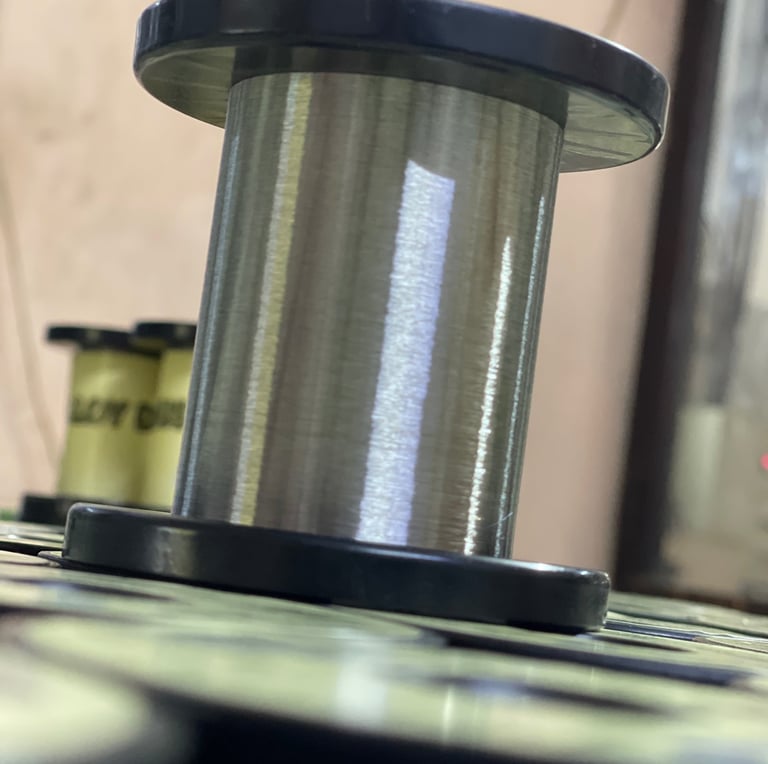





CuNi 44
NiCr 20 is a cost-effective resistance alloy containing approximately 20% nickel, 20–25% chromium, and the balance iron. It has a resistivity of ~1.04 Ω·mm²/m and supports continuous operation up to ~1100 °C (2010 °F) in oxidizing atmospheres. While its lower nickel content results in reduced oxidation resistance under rapid thermal cycling compared to high-nickel grades, NiCr 20 provides dependable performance in heavy-duty industrial applications. It is commonly specified for high-capacity resistor grids, current-limiting ballast resistors, furnace load banks, braking resistor assemblies, and process heating control resistors. Its robustness and cost efficiency make it suitable for large-scale installations where component longevity and operational economy are key. Industry equivalents include Chromel R and related chromium–nickel–iron variants.
CuNi 44 is a precision resistance alloy consisting of approximately 44% nickel, 56% copper, and trace elements such as manganese to enhance stability. It has a resistivity of ~0.49 Ω·mm²/m and an exceptionally low temperature coefficient of resistance (typically ±30 ppm/°C between −20 °C and +60 °C). This alloy exhibits excellent corrosion resistance, solderability, and long-term resistance stability, making it indispensable in precision wire-wound resistors, shunt resistors for current measurement, potentiometer windings, strain gauge elements, thermocouple compensation wires, and precision measuring instrument circuits. CuNi 44 maintains stable performance under varying temperature and humidity conditions, ensuring reliability in both laboratory-grade and industrial environments. Industry equivalents include Constantan, Advance, Cuprothal 294, and Eureka.
AD-125-LT / FeCrAl 4


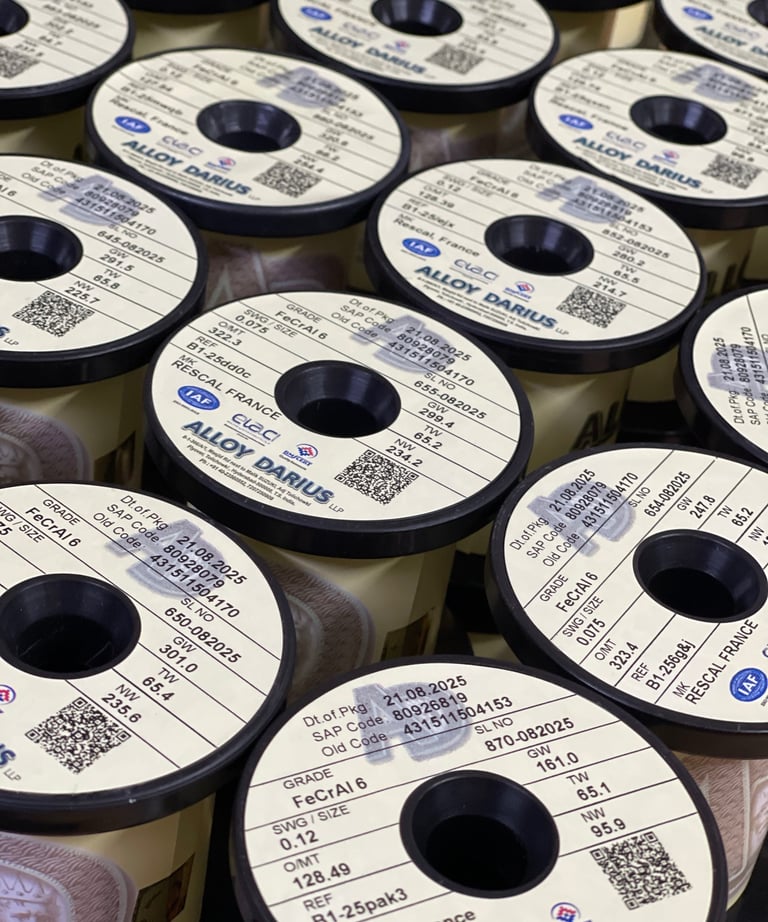



AD-145-APM / FeCrAl 6
FeCrAl 4 is a high-resistance heating alloy containing approximately 20–23% chromium, ~4% aluminium, and the balance iron, with minor additions to enhance mechanical stability. It has a resistivity of ~1.35 Ω·mm²/m and supports continuous service temperatures up to ~1350 °C (2460 °F) in oxidizing atmospheres. The aluminium content promotes the formation of a dense, adherent alumina (Al₂O₃) scale, delivering exceptional oxidation resistance and extended service life in high-temperature environments. FeCrAl 4 is widely used in industrial furnace heating coils, ceramic kilns, electric radiant heaters, muffle furnace elements, high-temperature resistive load banks, and process air heaters. Compared to NiCr alloys, it offers higher maximum operating temperatures, albeit with greater brittleness at room temperature. Industry equivalents include Kanthal A-1, Alkrothal 4, and Nikrothal AL4.
FeCrAl 6 is a high-resistance heating alloy containing approximately 20–23% chromium, ~6% aluminium, and the balance iron, with controlled additions to improve grain stability at elevated temperatures. It has a resistivity of ~1.45 Ω·mm²/m and can sustain continuous operation at temperatures up to ~1400 °C (2550 °F) in oxidizing atmospheres. The elevated aluminium content enhances the formation of a protective Al₂O₃ scale, providing superior oxidation resistance and extended service life, particularly in extreme-temperature furnace elements, laboratory high-temperature reactors, thermal processing kilns, glass and ceramic manufacturing heaters, and resistive load test banks. FeCrAl 6 exhibits excellent performance under prolonged high-heat exposure but requires careful handling during fabrication due to its higher brittleness at ambient temperature. Industry equivalents include Kanthal APM, Alkrothal 6, and Nikrothal AL6.
Frequently Asked Questions
What are alloy wire grades?
Alloy wire grades include nicr, cuni, fecral, stainless steel, and pure nickel, each with unique properties.
What applications use these wires?
Our wires are utilised in a wide range of industries, including industrial heating, electronics, instrumentation, medical devices, precision resistors, thermocouples, and high-temperature furnace systems.
What sizes can you supply?
We produce an extensive portfolio of resistance alloy wires, precision-drawn to ultra-fine diameters reaching 0.015 mm.
What tolerances do you offer?
For ultra-fine wires, typical diameter tolerances are within ±8%, ±10% with precision resistance tolerances provided according to customer requirements.
What is the standard surface condition?
Wires are supplied in bright, oxide-free finish, clean and ready for downstream processing or immediate application.
Do you supply wires in spool or cut lengths?
We offer supply in continuous spools for production environments
Do you serve international markets?
Do you provide material certification and traceability?
Yes. We supply to a global client base, with export-grade packaging designed to preserve product integrity during transit.
Yes. All products are accompanied by material certificates, resistance test data, and full batch traceability upon request.
